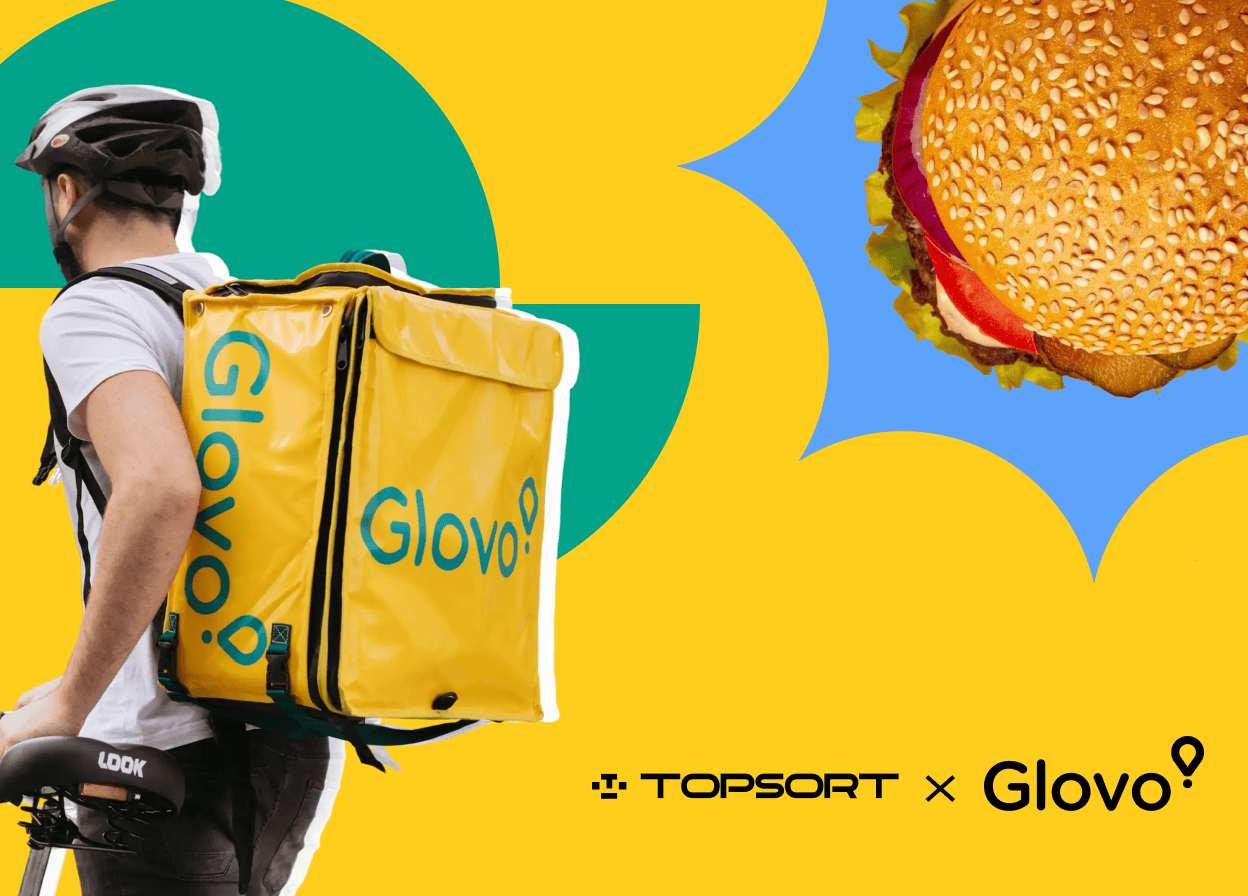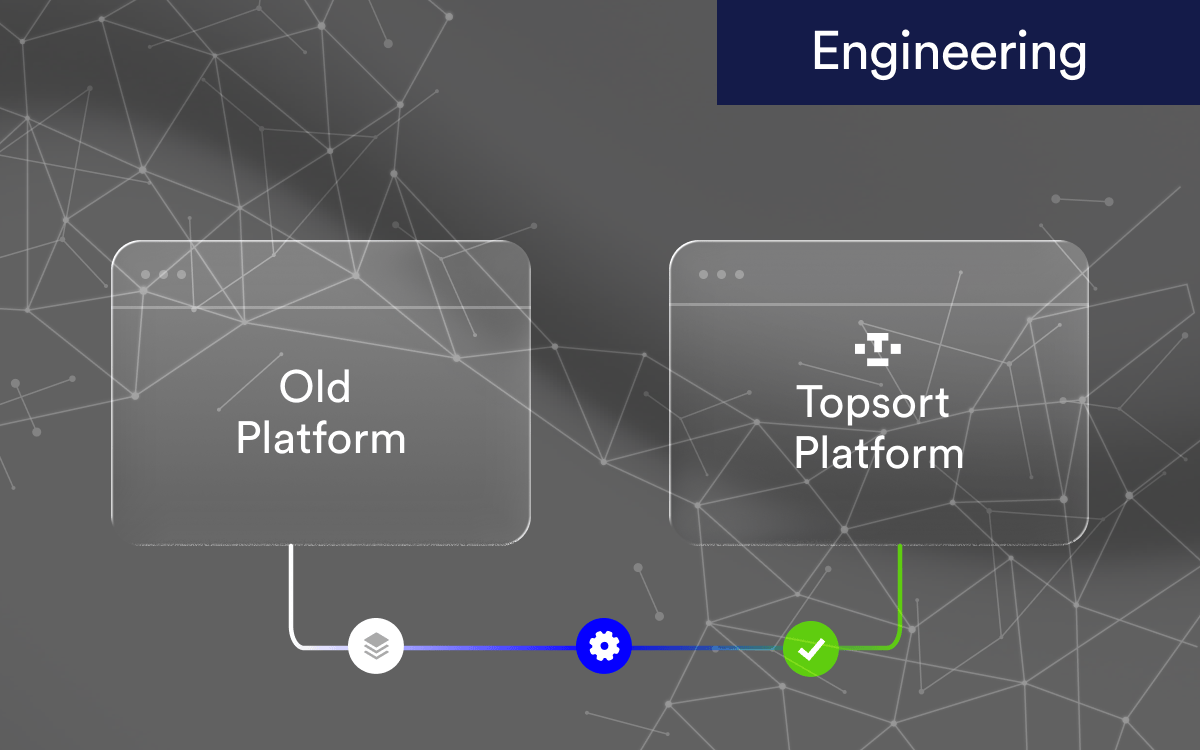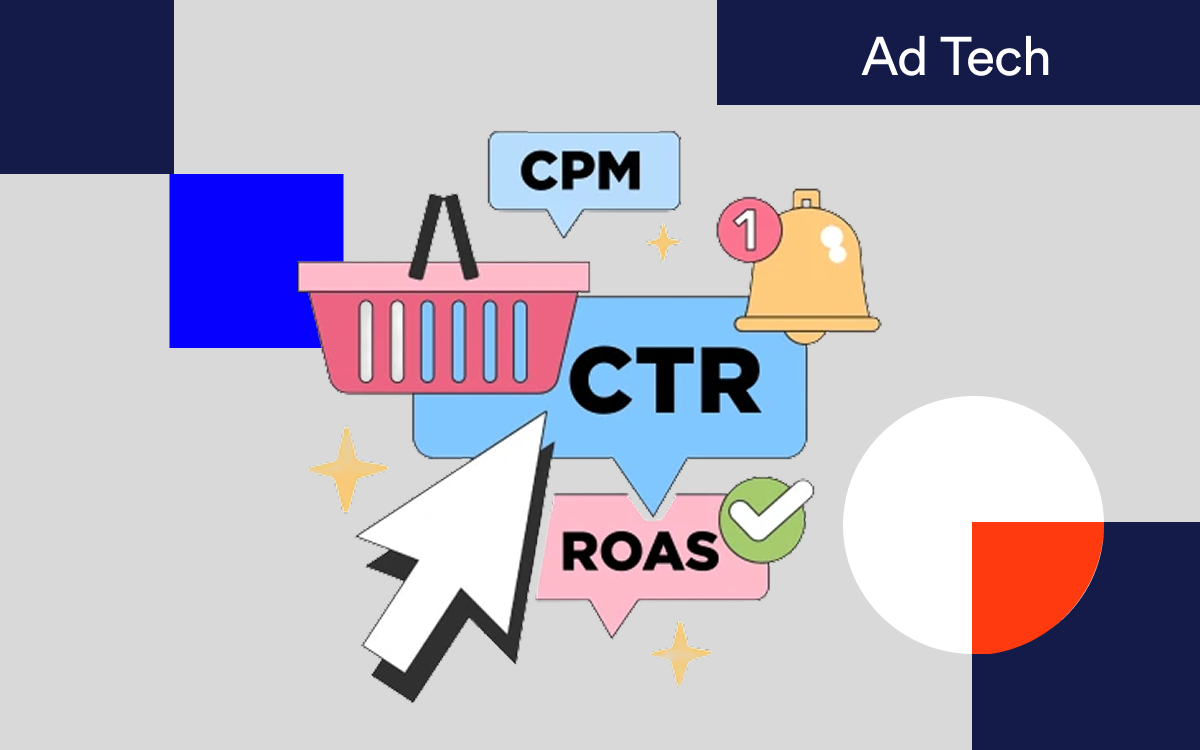Discover Insights and Strategies Shaping the Future of Retail Media
YOUR HUB FOR EVERYTHING RETAIL MEDIA
FEATURED RESOURCES
CASE STUDIES
Find Success Stories
From Companies Like Yours

How the Home Goods Retailer Sodimac Scaled from Fixed Prices to Auction-First With Topsort

Topsort generated 5x Ad Revenue than Legacy Provider in Falabella’s A/B Testing

Atida Surpasses $2M in Ad Revenue with Auction-Based Sponsored Listings

How Glovo, a Super App Company, Built an AI-driven Ad Platform with Topsort APIs

A Walmart Marketplace Shift to Self-Service Sponsored Listings Boosting Ad Revenue to 0.5% of GMV in Just 6 Months

Daki, Brazil’s Top Delivery App, Leverages Topsort's Sponsored Listings to Drive Profitability

YouTravel Empowers Sellers with AI-Driven Sponsored Listings for Fair Competition and Enhanced Visibility

Poshmark Enhances Seller Success with 40% Ad Performance Boost Using Topsort AI-Powered Retail Media
INSIGHT BY EXPERTS
Learn From Leading
Voices In Retail Media
TOPSORT BLOG
Explore Industry Trends, Product Innovations, and Insider Stories

W23 Global is backed by Tesco (UK, ROI, Europe), Ahold Delhaize (US, Europe, Indonesia), Woolworths Group (Australia, New Zealand), Empire Company Limited/Sobeys Inc. (Canada) and Shoprite Group (Africa). Topsort is setting new global standards for how retailers, brands, and agencies activate, optimize, and measure retail media
Migrating a live advertising platform from one provider to another is one of the most high-stakes operations a marketplace can undertake. It's a complex process where even minor data inconsistencies can have devastating consequences.
Latest
NEWSROOM
Top News
From Topsort






















